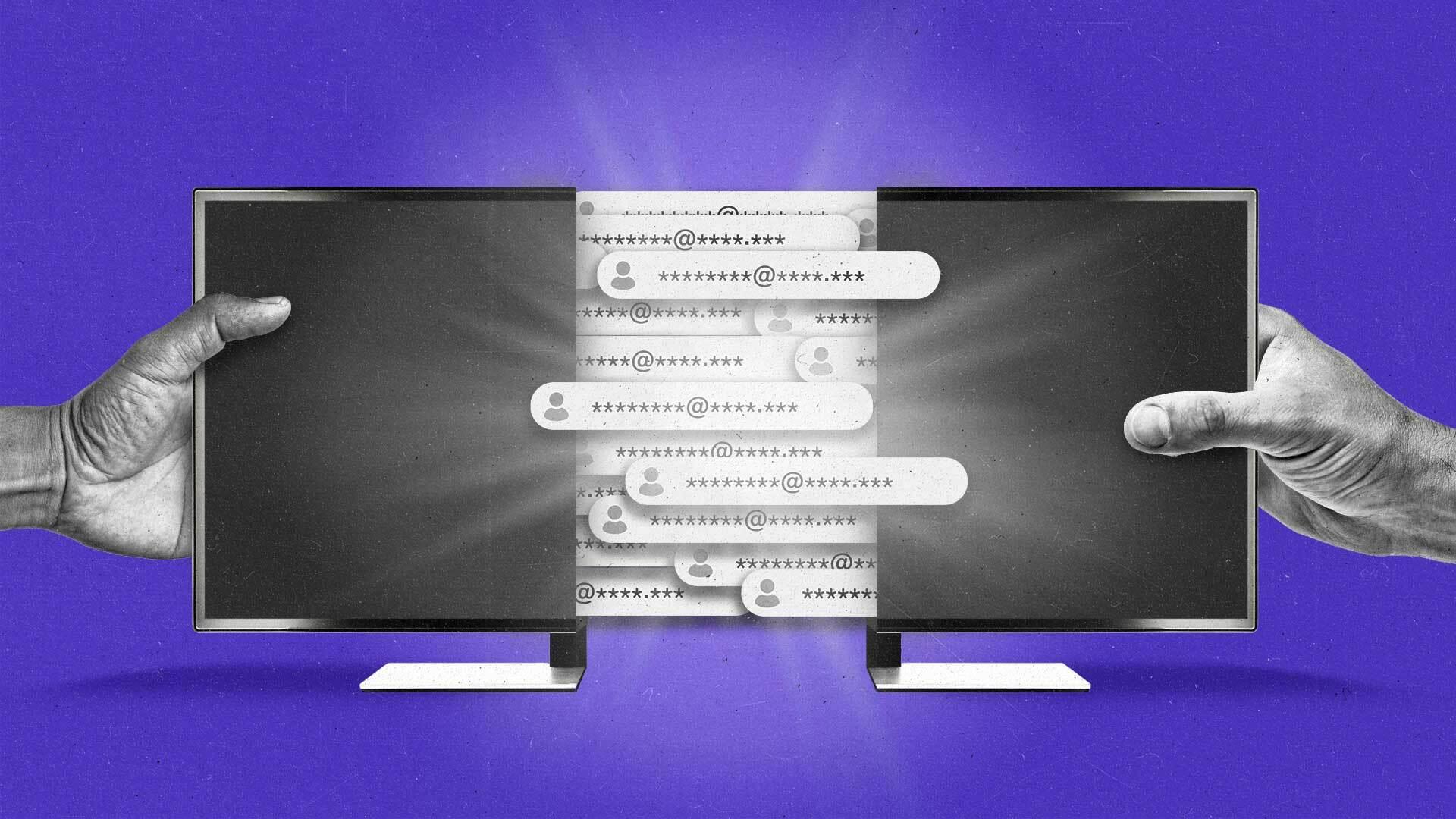France is leading Europe’s response to the streaming era

For years, Europe’s legacy broadcasters have wrestled with a seemingly unanswerable question: How can national TV networks — long regarded as cultural flag-bearers — maintain their influence and long-term financial viability as audiences migrate en masse to streaming platforms?
One country has newly offered a compelling answer.
In recent weeks, France’s major broadcasters have announced surprising moves aimed at securing their place in the streaming era by partnering with the very platforms that displaced them and investing in the same ad tech infrastructure fueling the growth of streamers’ ad businesses.
In June, TF1 announced it would let Netflix distribute its channels and on-demand content from next summer. The benefits for Netflix and its advertisers are clear — access to the content at the very heart of French culture, in the form of beloved TV shows and sports matches.
For TF1, the benefits may be even greater: more exposure in a media landscape that is increasingly fragmenting “between French households who subscribe to paid services, particularly Netflix, and those who don’t,” as Rodolphe Belmer, CEO of TF1 Group, told Variety.
The hope, then, is that more brand recognition gained via Netflix could come back in the form of ad budgets for TF1’s own channels.
That sentiment is likely shared by France Télévisions, which signed a similar deal in July with Prime Video to let it distribute its channels on the platform.
All eyes on France
European broadcasters will be closely watching what unfolds in France.
“France was a strong candidate because the ad-tier penetration is particularly high for Netflix, at 34%, versus 23% in the U.K. in the first quarter of this year,” Sa Eva Nébié, head of research at Dataxis, tells The Current. “It now sets a precedent for the industry. No doubt that similar deals will emerge in neighboring countries facing the same decline in traditional TV viewership.”
Ampere Analysis data shows that linear TV advertising revenue dropped by €900 million ($957 million) over the past decade in Europe’s Big 5 markets (the U.K., Germany, France, Spain and Italy).
There are already signs that European broadcasters see partnership — and even consolidation — as vital: Italy’s MFE, which controls Italy’s Mediaset and Spain’s Telecinco, recently increased its bid for ProSiebenSat.1, Germany’s second biggest commercial broadcaster.
Netflix’s and Prime Video’s French deals also shine a light on streaming giants’ playbook in markets where subscriber growth is approaching saturation.
“With [platforms’] shift towards ad-supported models, expanding their target demographic becomes essential to attract advertisers,” Nébié says, adding that as the streaming giants move away from exclusivity to attract premium audiences, catering to the viewers of France’s top two TV broadcasters “makes strategic sense.”
“For streamers, it opens them up to new audiences, increases time spent on the service and shifts them closer to becoming aggregation platforms,” adds Matt Ross, chief analytics officer at Digital i.
Ad tech gets an upgrade
French TV’s reinvention doesn’t stop at the content on-screen. Broadcasters are modernizing their ad tech stacks to cater to advertisers accustomed to the sophisticated targeting and programmatic buying capabilities of streaming giants.
Last week, France Télévisions announced it had adopted European Unified ID (EUID), joining France’s other two leading broadcasters, TF1 and M6, which adopted EUID last year.
The open-source, privacy-conscious identity solution enables European advertisers to reach audiences at scale based on authenticated first-party data.
“French broadcasters are among the more proactive players in Europe regarding ad tech innovations,” Nébié says. She credits the proliferation of set-top boxes, which facilitated the rollout of addressable TV across the country, as setting up ideal conditions for CTV innovations to take hold.
Peter Ingram, research manager at Ampere Analysis, also highlights initiatives such as France.TV’s adressable.TV offer and TF1 PUB’s recent rollout of shoppable ad formats as further proof of the French broadcasters’ commitment to innovation.
“That said, other markets like Germany and Italy are also innovating in this space, [such as] Mediaset’s expansion of Publitalia ’80, showing a similar shift by other European broadcasters towards addressability and personalization,” Ingram says.
What’s next
Across the English Channel, ITV may already be ahead of the game — in July, it announced that it would let Disney+ carry some of its top shows in a reciprocal arrangement.
But even with the likes of the BBC and Channel 4 facing existential questions, Ingram thinks the U.K. may not see deals like France’s for a while due to the country’s license fee, which is levied on households that watch live linear programming — as would happen if, say, ITV linear content became available on Disney+.
Still, Ingram sees the French quid pro quo strategy as an evolution of the uneasy relationship between Europe’s TV old guard and the streaming giants in the U.S. “Broadcasters and streamers are increasingly viewing each other less as threats, but rather as strategic allies needed to maintain relevance and growth.”
“While French broadcasters are certainly innovating to stay relevant within a shifting market, this comes as part of a broader European broadcast trend to remain competitive,” Ingram adds.